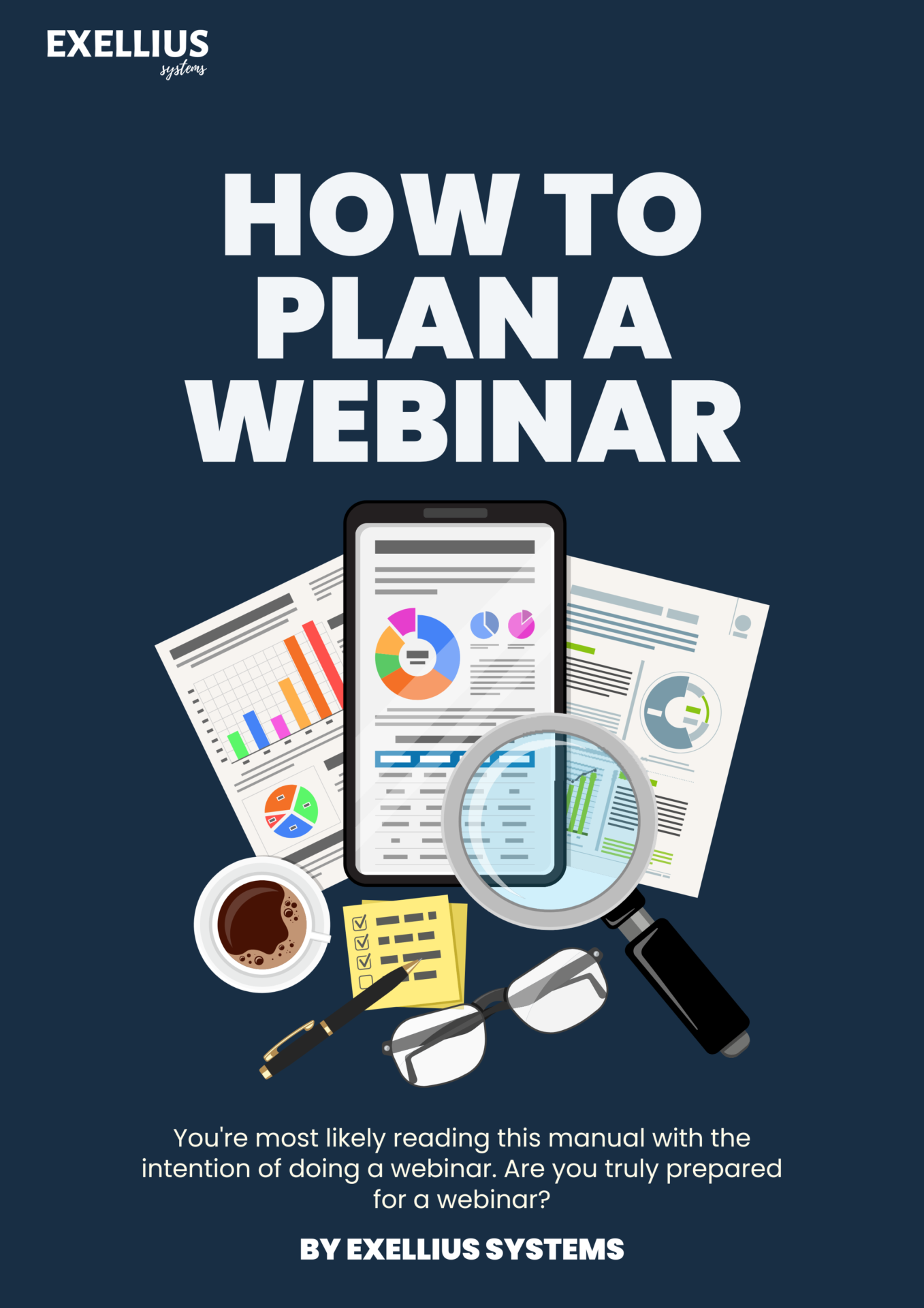
AI in Human Resources: An Implementation Guide
The resurgence of generative AI has rekindled interest in its application within HR functions. Approximately 81% of HR leaders have either delved into or executed artificial intelligence (AI) solutions to enhance operational efficiency within their organizations.
For Chief Human Resources Officers (CHROs), it is imperative to maintain a competitive edge by comprehending the value and potential use cases of solutions. Equally crucial is preparing for the transformative impact AI is poised to exert on HR operations and the entire workforce. The integration of in HR operations can steer organizational triumph.
“Unlock the potential of AI in HR with our comprehensive guide. Learn to skillfully navigate myths, aligning AI benefits with strategic goals, and meticulously assess success criteria for seamless and effective implementation. Stay ahead in the race for organizational success with these informed AI integration strategies.”
“To navigate this transition successfully, CHROs must adopt a structured approach, beginning with employing the following three-step framework to evaluate technological trends and make informed decisions about the assimilation of new solutions within HR operations.”
Step 1: Discerning Reality from Misconception
The initial phase of assessing emerging technology trends, such as Generative AI, involves dispelling any misconceptions and dispelling preconceived notions. The HR technology leader should collaborate with IT, legal, compliance, industry experts, and subject matter specialists to grasp the authentic potential of the technology.
Dispelling Common Myths about AI in HR Technology Implementation:
Myth: HR leaders are hesitant to implement AI-powered tools due to concerns. Reality: Despite concerns encompassing data privacy, bias, and ethics, it is being swiftly adopted. In a June 2023 Gartner benchmarking session, 52% of participating HR leaders revealed their exploration of potential use cases and opportunities in generative AI (a subset of broader AI).
With a clearer comprehension of the technology’s potential, HR leaders can evaluate conceivable use cases and associated benefits.
Step 2: Ascertaining AI’s Potential and HR Benefits
The subsequent phase entails HR leaders unveiling the true benefits of and, more importantly, aligning potential use cases with organizational objectives. The focus lies in demonstrating how AI can mitigate operational challenges and advance objectives by facilitating superior, expedited, and cost-efficient activities.
Step 3: Evaluation and Scoring against Success Metrics
The final step encompasses evaluating and scoring AI solutions based on pivotal success criteria to ascertain whether adoption is warranted. While the specific criteria will vary across organizations, certain key areas warrant consideration by HR leaders. These encompass governance, workforce readiness, risk and ethics assessment, and the vendor landscape.
READ MORE
For more tech content like this VisitIT and Tech:https://www.info-tech.online/
BANKING, ACCOUNTING, INSURANCE AND FINANCIAL SERVICES:https://www.finance-tech.online/
HEALTHCARE AND PHARMACEUTICALS:https://www.healthcare-tech.online/
TRANSPORTATION AND LOGISTICS:https://www.transport-tech.online/
ENTERTAINMENT, TRAVEL AND HOSPITALITY:https://www.entertainment-tech.online/
MARKETING, ADVERTISING AND PUBLIC RELATIONS:https://www.channel-tech.online/
HUMAN RESOURCES COMPENSATION AND BENEFITS:https://www.humanresources-tech.online/
MECHANICAL AND CIVIL ENGINEERING:https://www.engineering-tech.online/
MANUFACTURING AND CONSTRUCTION:https://www.manufact-tech.online/
NON-PROFIT AND NON-GOVERNMENT ORGANIZATIONS:https://www.nonprofit-tech.online/
Want to promote your content?
Visit:https://www.exellius.com/contact-us/ orhttps://www.mediamartech.com/contact-us/








